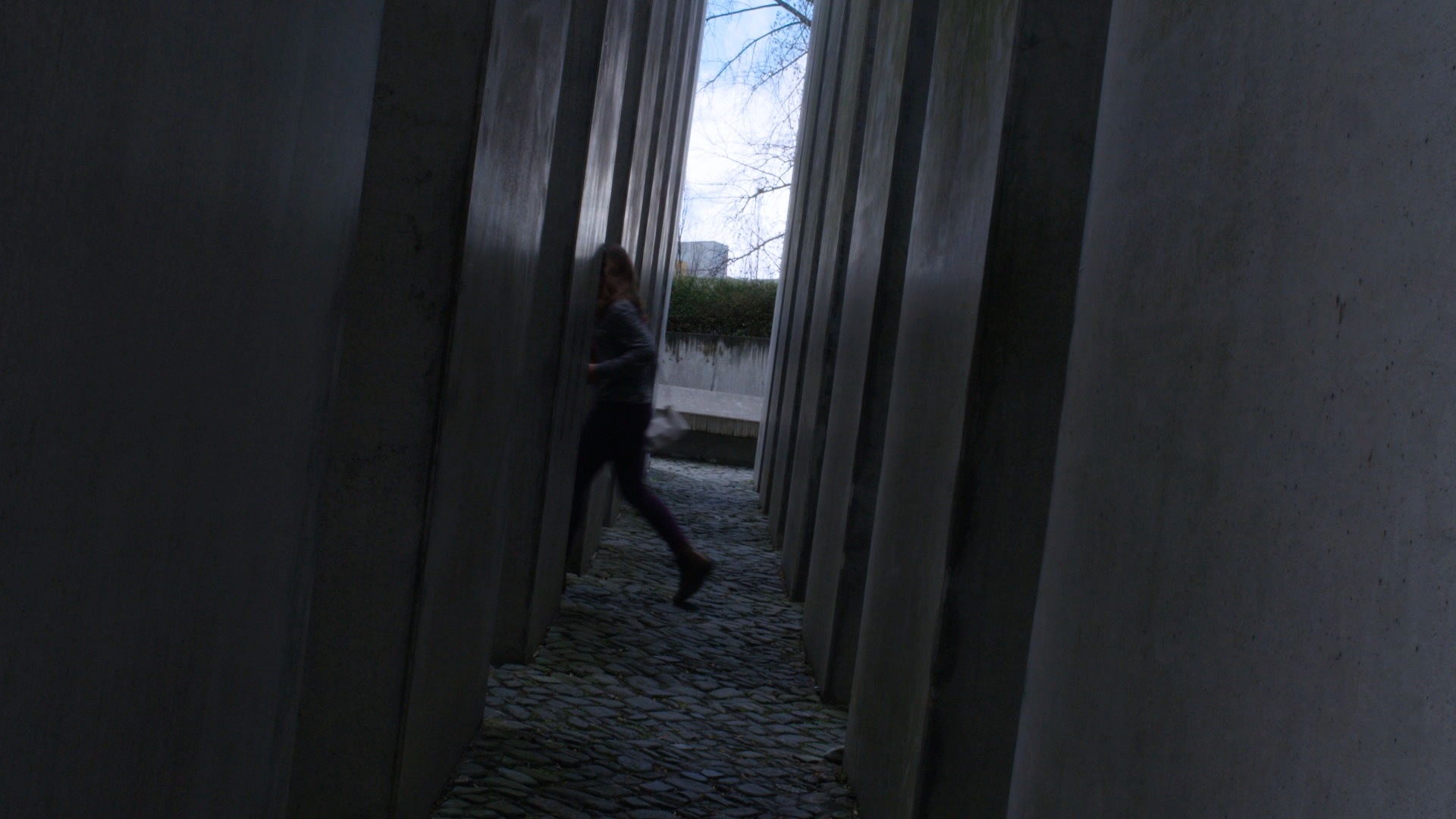
Every building sends a message. This is the most important truth that I learned in making the documentary film The Destruction of Memory, based on the book of the same name by the British heritage architect and journalist Robert Bevan. Bevan’s book explores the use of intentional cultural destruction as an act of war.1 For a non-architect, this truth was something I instinctually knew, but it was revelatory to consciously consider it and to think deeply about its implications. The message a building sends may be innocuous, such as “I am tall and modern.” It may be a more loaded message, such as “The person who lives here is powerful.”
If a group of buildings or a monument sends a message that “This is where our community lives, where we have a history, and where we see a future,” it can be a message that others may wish to disrupt. Such messages about the cultural identity of particular communities are conveyed most clearly when the building is a house of worship, a monument, an administrative building, a library, or an archive. Such buildings are easily targeted by those who want such messages altered or erased.
Continue Reading:
Notes






